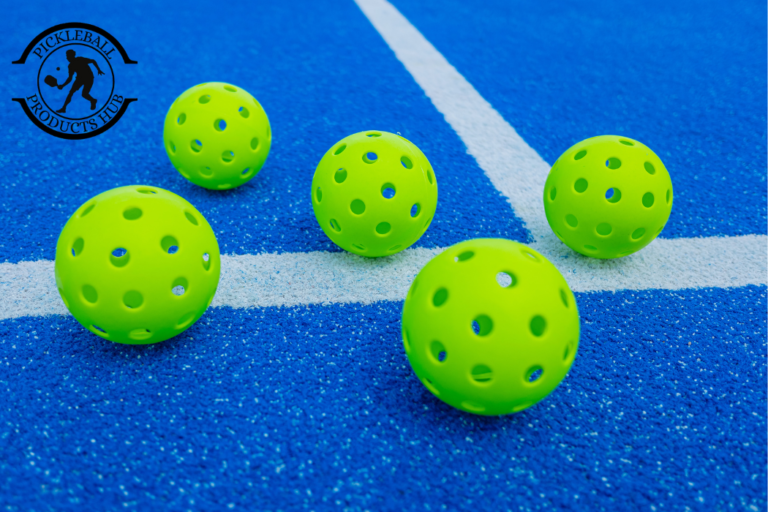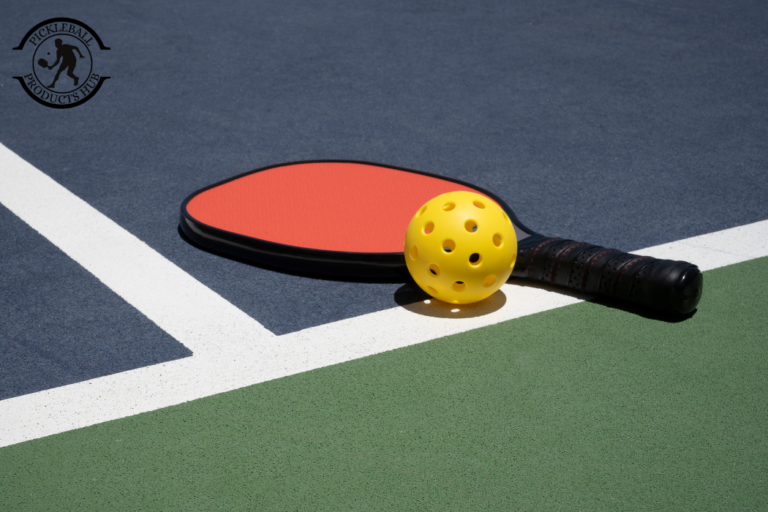If you have recently ventured into the world of pickleball, you might have been surprised by the price tags on some paddles. While basic models can be found for around $30, high-end paddles often exceed $250. This disparity raises the question: Why are pickleball paddles so expensive? In this article, we shall delve into the factors contributing to the cost of pickleball paddles, from materials and manufacturing to brand reputation and market demand.
Factors that make pickleball paddles price most expensive
1). The Role of Materials in Paddle Pricing
One of the primary factors influencing the cost of a pickleball paddle is the materials used in its construction. High-quality paddles often incorporate advanced materials such as carbon fiber, graphite, and polymer cores. These materials are chosen for their strength, durability, and lightweight properties, which enhance performance on the court.
For instance, carbon fiber is renowned for its stiffness and strength-to-weight ratio, providing players with better control and power. Graphite offers similar benefits, contributing to a paddle’s responsiveness and feel. Polymer cores, often designed in a honeycomb structure, help in reducing vibrations and provide a consistent bounce. The use of these premium materials naturally increases production costs, which is reflected in the retail price of the paddles.
2). Manufacturing and Production Costs
Creating a high-performance pickleball paddle is a complex process that involves precision engineering and meticulous craftsmanship. This helps explain why pickleball paddles are so expensive. Advanced manufacturing techniques, such as compression molding and thermal bonding, are used to ensure the paddle’s durability and performance. These processes require specialized equipment and skilled labor, both of which add to the overall production costs.
Additionally, many manufacturers produce paddles in small batches to maintain quality control, which prevents them from benefiting from economies of scale. This limited production further contributes to higher per-unit costs, making the paddles more expensive for consumers.
3). Investment in Research and Development
Top pickleball paddle manufacturers invest heavily in research and development (R&D) to innovate and improve their products. This includes experimenting with new materials, refining paddle shapes, and enhancing features like vibration dampening and edge guard technology. Such innovations aim to provide players with better control, power, and comfort during play.
The costs associated with R&D are substantial, encompassing everything from material testing to player feedback sessions. These expenses are factored into the final price of the paddles, ensuring that the companies can continue to innovate and offer high-quality products.
4). Brand Reputation and Marketing
Brand reputation plays a significant role in the pricing of pickleball paddles. Established brands like Selkirk, JOOLA, and Paddletek have built trust among players by consistently delivering high-quality products. Consumers are often willing to pay a premium for paddles from these reputable brands, associating them with superior performance and durability.
Moreover, these companies invest in marketing efforts, including sponsorships of professional players and tournaments, to promote their products. Such marketing strategies not only enhance brand visibility but also contribute to the overall cost of the paddles.
5). Supply and Demand Dynamics
The growing popularity of pickleball has led to increased demand for quality equipment. As more players enter the sport, the demand for high-performance paddles rises, allowing manufacturers to set higher prices. Additionally, supply chain challenges, such as material shortages and shipping delays, can impact production costs and availability, further influencing paddle prices.
For example, recent tariff changes have affected the cost of importing paddles from countries like China, prompting some businesses to diversify their supply chains to mitigate expenses.
Lightweight vs. Heavier Options
Weight is another important factor that affects how a pickleball paddle performs and how much it costs. Lightweight paddles usually between 6.5 to 7.4 ounces—are easier to move quickly, making them great for fast volleys and quick reactions. They are often a good choice for players with good wrist control or those who want to avoid putting stress on their joints.

Heavier paddles, which typically weigh between 7.5 to 8.5+ ounces, provide more power with less effort. This can help players who hit strong shots from the baseline or those who need extra force in their swings. However, heavier paddles can cause fatigue more quickly and may feel slower at the net.
Choosing the right weight depends on your playing style, strength, and what feels comfortable. Many brands offer both light and heavy options. Paddles with well-balanced weight are often more expensive because they require more careful design and craftsmanship.
Performance vs. Price
While high-end paddles are often expensive, it’s important to understand what you’re getting for the price. Premium paddles are made with top-quality materials, offer better balance, and include advanced features like vibration-dampening technology. These upgrades can make a big difference in how the paddle feels and performs—especially for players with some experience who know how to use them effectively.

For casual players or beginners, the difference between a $60 paddle and a $200 paddle might not be very noticeable. But for competitive or advanced players, a high-end paddle can provide a real advantage that makes the extra cost worth it. In the end, the best paddle for you depends on how often you play, your skill level, and your playing style.
Are Expensive Pickleball Paddles Worth It?
Whether an expensive pickleball paddle is worth the investment depends on your level of play and commitment to the sport. For beginners, a basic paddle priced between $30 and $60 may suffice as they learn the game’s fundamentals. However, intermediate and advanced players often benefit from the enhanced performance features of higher-end paddles.
Premium paddles offer improved control, reduced vibration, and better durability, which can enhance gameplay and reduce the risk of injury. For players who engage in regular matches or tournaments, investing in a quality paddle can lead to noticeable improvements in performance and comfort.
Choosing the Right Paddle for Your Skill Level and Playing Style
To help you choose the right paddle, here’s a simple guide based on your experience and how you like to play:
Beginner Paddles
Price Range: $30 to $70
Best For: Players who are new to the game and learning the basics
What to Look For:
- Lightweight for easier control
- Comfortable grip
- Strong but simple materials like aluminum or basic polymer
Why It’s Good:
These paddles are perfect for practicing the basics without spending too much. Beginners don’t need expensive features right away and can upgrade later as they get better.
Intermediate Paddles
Price Range: $70 to $120
Best For: Players who know the basics and want to improve their skills
What to Look For:
- Graphite or fiberglass surface for better control
- Polymer honeycomb core to reduce vibrations
- Balanced weight for both power and quick movements
Why It’s Good:
These paddles offer a nice mix of control and power, helping you move into more competitive play.
Advanced Paddles
Price Range: $120 to $250+
Best For: Competitive or professional players
What to Look For:
- High-performance materials like carbon fiber or advanced composites
- Features that reduce vibration and protect the paddle’s edges
- Options to customize weight and grip size
Why It’s Good:
These paddles are designed for serious play. They give better accuracy, consistency, and durability—ideal for tournaments and high-level matches.
Finding Quality Paddles at Lower Prices
While high-end paddles offer numerous benefits, there are also quality options available at more affordable prices. Brands like Franklin, Onix, and HEAD produce paddles that balance performance and cost, making them suitable for players on a budget. When shopping for a paddle, consider factors such as core material, grip comfort, and weight distribution to find a model that meets your needs without breaking the bank.
Conclusion
The high cost of pickleball paddles can be attributed to several factors, which explain why pickleball paddles are so expensive. These include the use of premium materials, complex manufacturing processes, investment in research and development, brand reputation, and market dynamics. While not all players may require a top-of-the-line paddle, understanding these elements can help you make informed decisions when selecting equipment that aligns with your skill level and playing goals.
FAQs
Q1: Why are some pickleball paddles priced over $200?
Paddles in this price range often utilize advanced materials like carbon fiber and incorporate cutting-edge technologies resulting from extensive research and development.
Q2: Are expensive pickleball paddles worth the investment?
For intermediate and advanced players, investing in a high-quality paddle can enhance performance, comfort, and durability, making it a worthwhile consideration.
Q3: Do high-end paddles significantly improve gameplay?
Yes, premium paddles offer better control, reduced vibration, and improved power, which can positively impact your overall game experience.
Q4: How much should a beginner spend on a pickleball paddle?
Beginners can start with paddles priced between $30 and $70, which provide adequate performance for learning the game’s basics.
Q5: Can I find quality paddles at lower prices?
Absolutely. Brands like Franklin, Onix, and HEAD offer affordable paddles that deliver good performance, especially for casual or recreational players.





